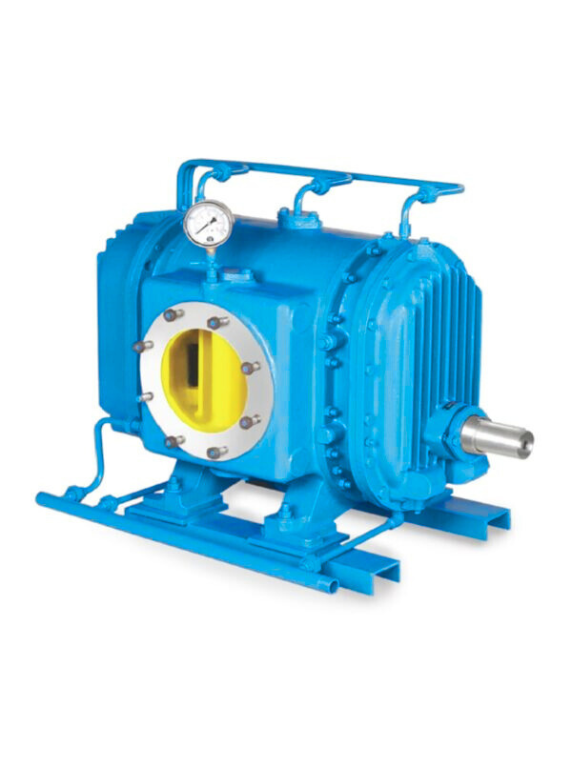Twin Lobe Blower
What is a Twin Roots Blower?
A Twin Lobe Blower, often referred to as a roots vacuum blower, is a type of positive displacement blower. It is designed to move air or gas. The blower operates primarily on the principle of trapping air between two lobe rotors and pushing it through an outlet. Using this twin lobe technology finds various applications, from wastewater treatment to industrial processes.
Types of Roots Blowers
Roots blowers come in several variations, including twin lobe air blowers and lobe roots blowers. The twin lobe design features two rotors that are shaped like lobes, ensuring efficient airflow and lower power consumption. These roots type blowers are recognized for their reliability and durability, making them a preferred choice in many settings. The twin lobe blower stands out for its efficient performance.

Benefits of Using Roots Blowers
One of the primary advantages of roots type air blowers is their ability to deliver constant airflow, despite variations in pressure. This consistent performance is crucial in applications such as pneumatic conveying and aeration processes. Additionally, roots air blowers operate with lower noise levels compared to other blowers. This makes them ideal for environments where sound pollution is a concern, and understanding twin lobe technology is essential.
In summary, the roots vacuum blower serves as a vital tool in many industrial processes. It provides efficient and reliable performance. Understanding the different types of roots blowers, including twin lobe options, can help you choose the right equipment for your specific needs. A twin lobe blower serves various purposes well.

